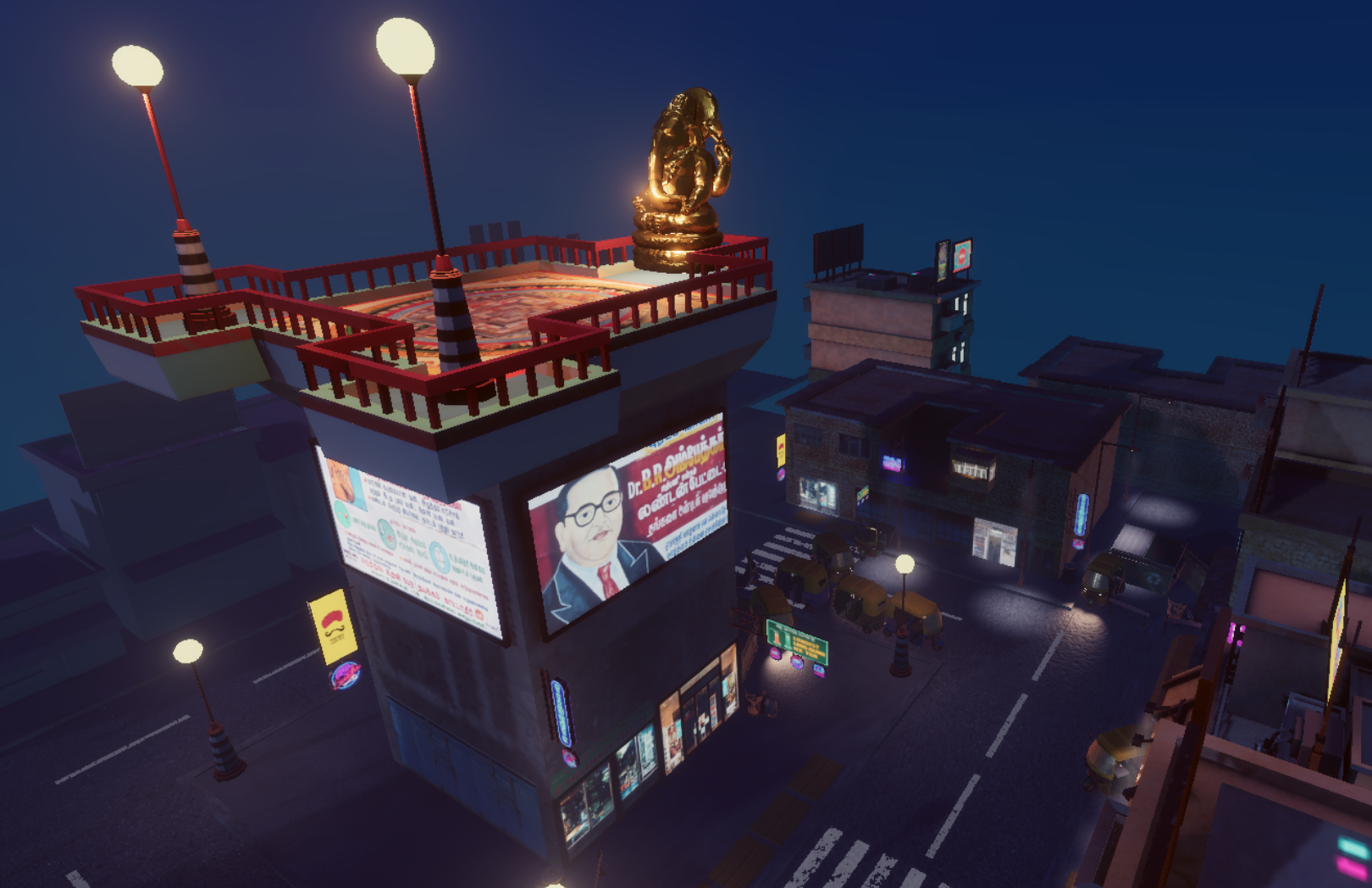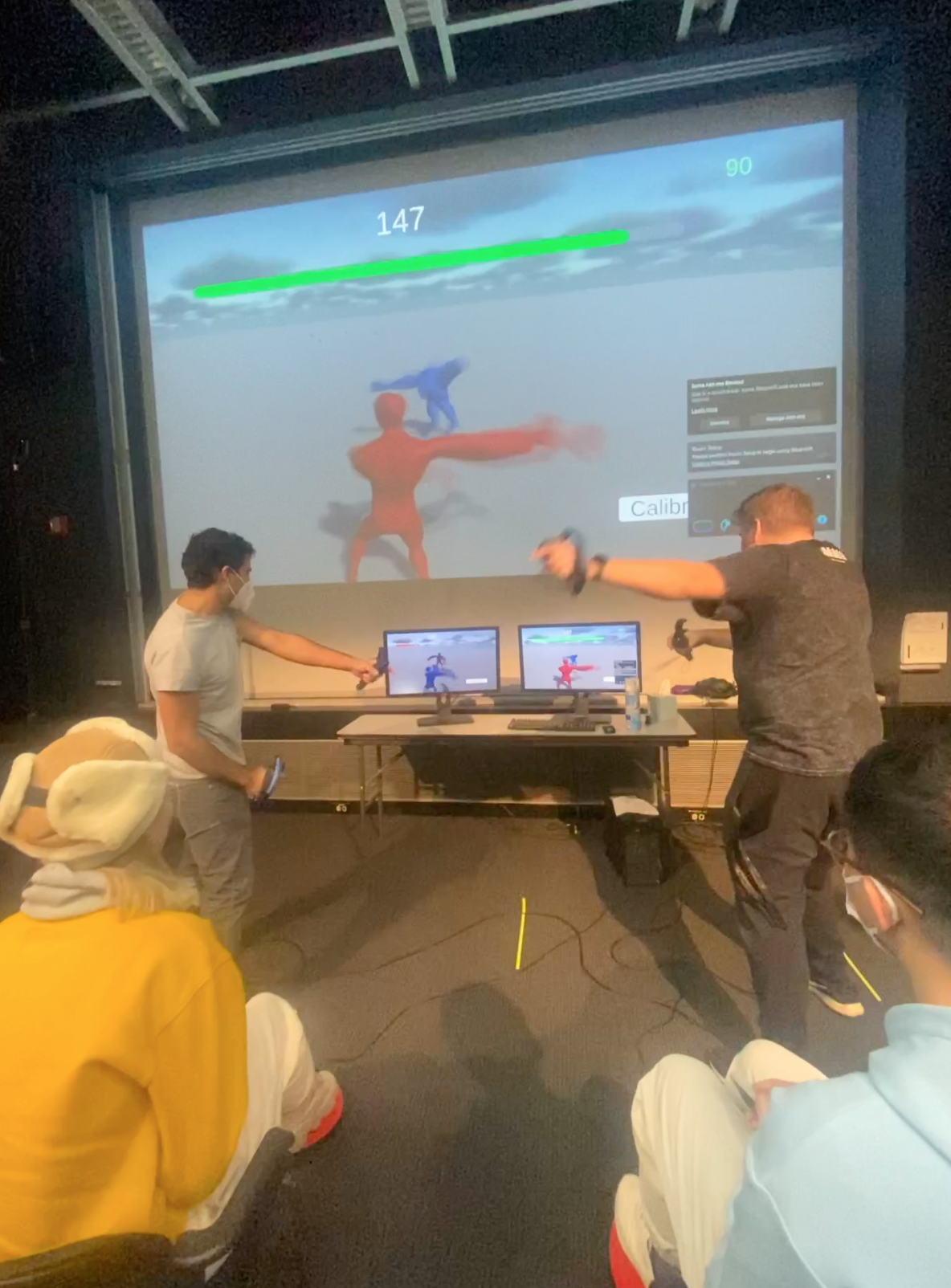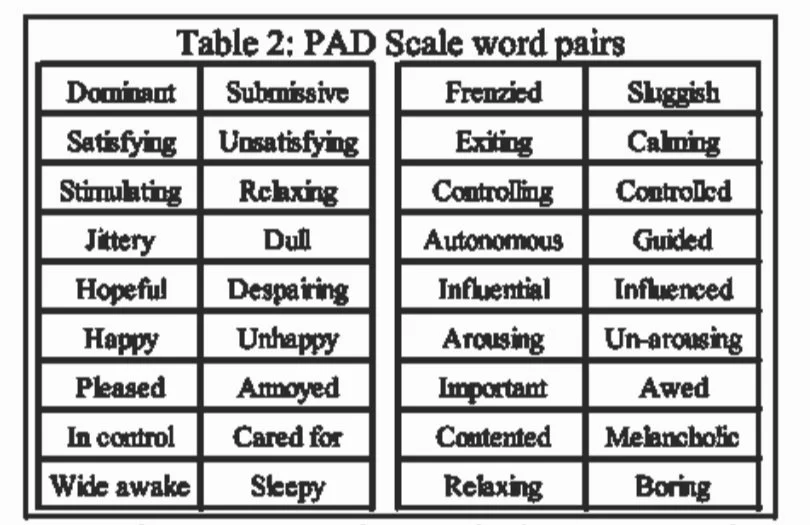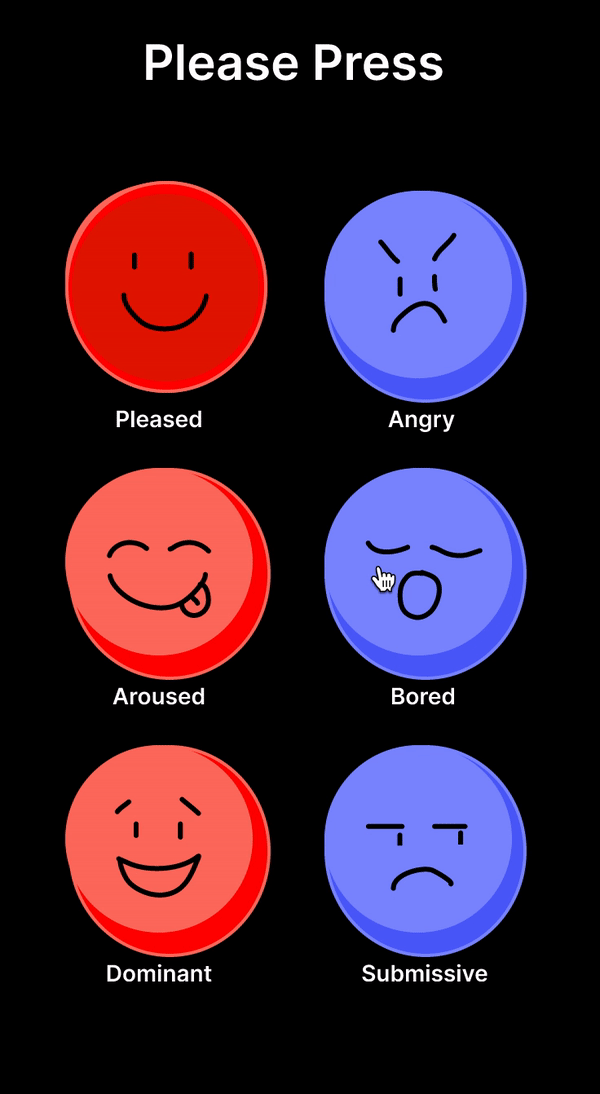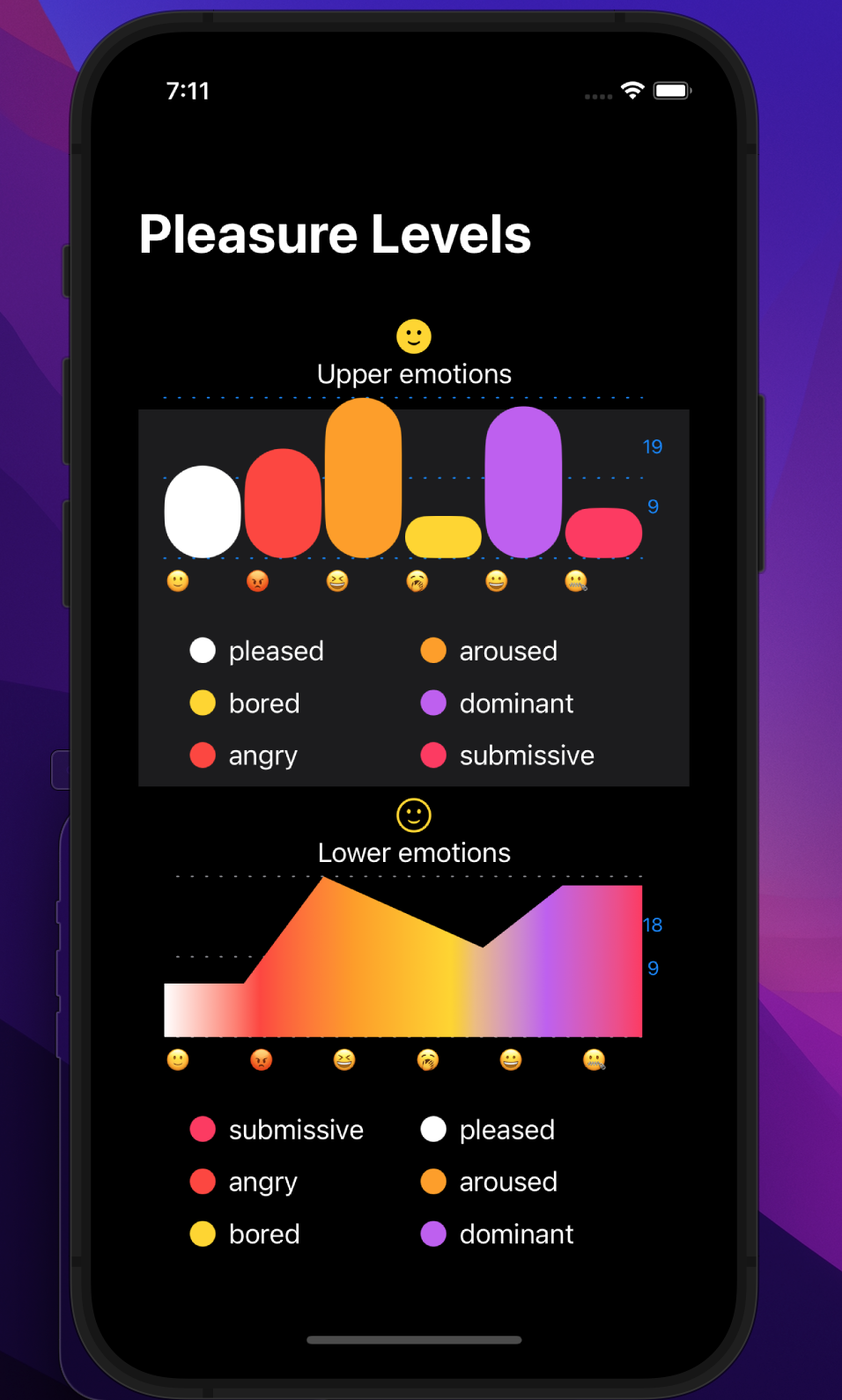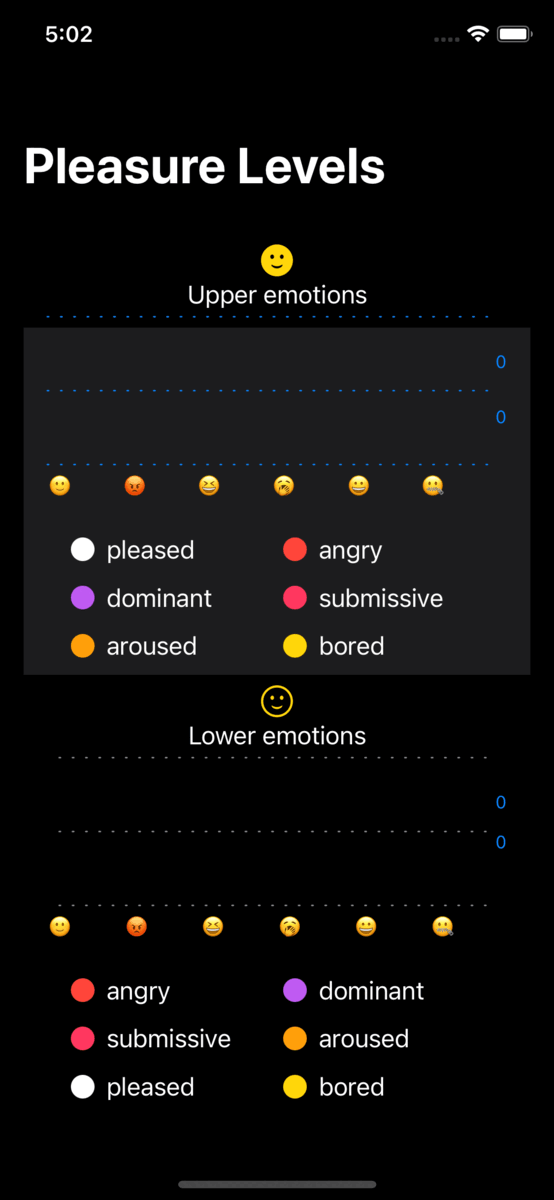Measuring Collaborative Fighting
Among the five virtual reality (VR) worlds I built this semester, this world solely focuses on the ‘hedonic’, pleasurable aspect of the game. Addressing this, I opted to measure this in a more non-obstructive way.
My Role
Game Design, Sound Design, Research Design, App DevelopmentTeam
Varun Girdhar, Meng Yu: game development, Play Wang: environment art, Jiayu He: system and animation
Location
Entertainment Technology Center, Carnegie Mellon University
Time
2 weeks + 1 week experiment
Deliverables
Unity Game with Vive trackers, 3d rudder
Hedonic questionnaire
Evaluation application Data Analysis
Table of Contents
Game Design
01
Research Plan
02
Questionnaire Design
Experiment and Results
04
03
How Did We Design the Game?
Gameplay Video
We devised the view from each character’s perspective, so needed two monitors in total. The characters can each account for their health status and perspective.
Player’s View
Another view in terms of the player’s view.
Soundscape
Designed a full soundscape, recorded, composed, and edited for an immersive and stimulating experience.
1. Measuring Game Emotions
Previously, assessing and evaluating game experiences have focused on the emotions evoked from the game, and whether they conform to the intended scenarios and feelings. The methods include questionnaires, surveys, in-game behavioral data, and interviews. In short-term experiences, pleasure overpowers the game features in assessing the game, and in particular instances where the game is short-term and pleasure-focused, more subtle, and quicker ways to measure the experience are needed.
2. Hedonic Experiences
User experience develops and changes over time: they do not necessarily motivate prolonged use as strongly as some other aspects—especially in games. Hedonic consumption has been defined as those facets of behavior that relate to the multisensory, fantasy, and emotive aspects of a consumer's experience with products. Pleasure principles can be applied to assess how one perceives the hedonics in a game and what aspects we can consider.
3. The PAD Scale
The Pleasure Arousal-Dominance (PAD) model is a model that has been developed for the convenient assessment of consumer reactions to services and products. This means that the model was meant to describe and record emotions. Based on the theory that emotion is an input-output system, this scale can be implemented in assessing game emotions in a short, timely, yet intuitive manner. (Image: Use and application of the PAD scale in the study of colour emotion 2007)
Arising Research Question:
How Might We Measure a Purely Hedonic, Short-term experience in a Festival Setting?
Literature Review
Perrig, S. A. C. (2021). Measuring User Experience-Overview and Comparison of two Commonly Used Questionnaires.
Liu, Y., Song, Y., & Tamura, R. (2020). Hedonic and Utilitarian Motivations of Home Motion-Sensing Game Play Behavior in China: An Empirical Study. International journal of environmental research and public health, 17(23), 8794.
Poels, K., Hoogen, W. V. D., Ijsselsteijn, W., & de Kort, Y. (2012). Pleasure to play, arousal to stay: the effect of player emotions on digital game preferences and playing time. Cyberpsychology, behavior, and social networking, 15(1), 1-6.
Schaap, R., & Bidarra, R. (2008, September). Towards emotional characters in computer games. In International Conference on Entertainment Computing (pp. 167-172). Springer, Berlin, Heidelberg.
Chang, T. S., Hsiao, W. H., Chen, T. C., & Ganbold, E. (2019). Hedonic, utilitarian, and social motivations for consumers purchase mobile in-app content behavior. International Journal of Innovation in Management.
Hollebeek, L. D., Abbasi, A. Z., Schultz, C. D., Ting, D. H., & Sigurdsson, V. (2022). Hedonic consumption experience in videogaming: A multidimensional perspective. Journal of Retailing and Consumer Services, 65, 102892.
Alba, J. W., & Williams, E. F. (2013). Pleasure principles: A review of research on hedonic consumption. Journal of consumer psychology, 23(1), 2-18.
Redesigning Pleasure, Arousal, Dominance Scale
Simplifying the existing scale into a 6-item assessment and designing the input method as an intuitive button, I have constructed the hedonic assessment digital sheet.
Aiming to test the scale on two groups of players, the upper-body player (punching) and the lower-body player (locomotion) as per our game mechanics, I created two sheets and two graph visualizations.
Festival (Experiment Day)
Real-time Visualization of Data Through App Development
Archived the data retrieved using LiveGraph from Figma
Used Apple’s XCode to organize data, send the input, and visualize into two separate graphs
Players can also see and take into their account how they felt about this short-term experience
I later documented these data and saw if there were any significant results to the PAD level of the two groups—upper-body and lower-body based on the game mechanic they use
Hedonic Questionnaire
Application Visualization

